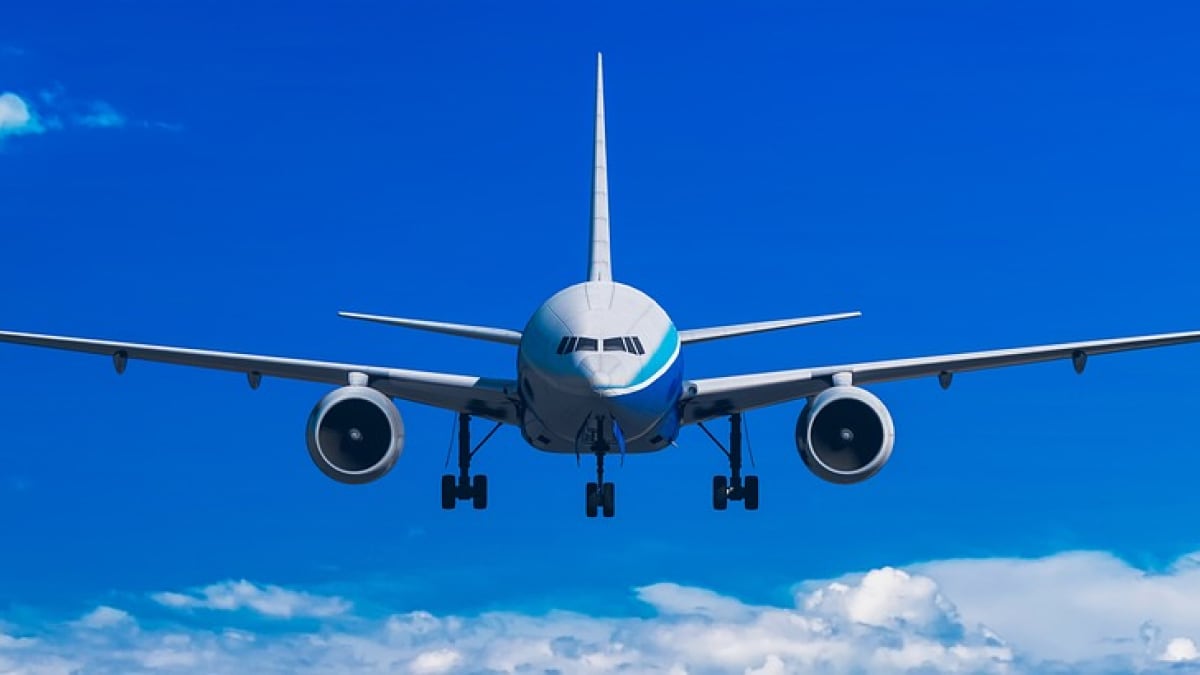
Scientists are developing an alternative navigation system that utilises mobile signals to assist pilots if GPS fails, according to a study conducted by Sandia National Laboratories and Ohio State University. The system relies on signals from cell towers and communication satellites, offering a safety net for airborne navigation systems. The initiative aims to mitigate risks associated with GPS failures, which can occur due to technical malfunctions, malicious interference, or in areas of conflict.
Testing and Early Results
The global positioning system, consisting of 31 satellites, is certified by the US Federal Aviation Administration (FAA) to provide precise navigation data. However, it remains vulnerable to jamming and hacking, raising concerns about its reliability in critical situations.
The research team, led by Jennifer Sanderson, an electrical engineer at Sandia National Laboratories, said in a statement that to counter these challenges through a technology that employs “signals of opportunity”—unintentional signals like those from mobile networks and satellites.
As reported by Sandia National Laboratories, experimental trials have utilised weather balloons to carry antenna payloads into the stratosphere, achieving altitudes up to 82,000 feet (25,000 metres). These payloads capture signals from communication satellites and cell towers, potentially providing pilots with navigational data during GPS disruptions.
Initial findings suggest that cell tower signal beacons can be detected at such altitudes, though the process currently requires manual analysis to identify individual signals. Researchers plan to enhance the system using algorithms capable of real-time signal identification and positional calculations.
Challenges and Future Developments
While the system shows promise, obstacles remain. Communication satellites focus their signals towards Earth’s surface, making it challenging to detect them effectively at high altitudes. The researchers are working on improving detection capabilities and reducing errors to ensure the technology’s practicality for aviation.
If successfully implemented, this navigation system could significantly bolster aviation safety by providing a reliable backup for GPS, reducing risks associated with its failure during flights.

